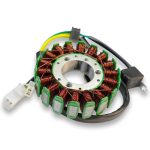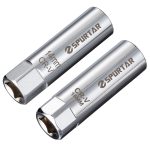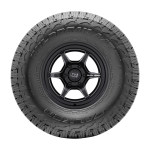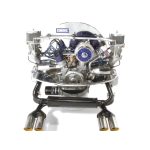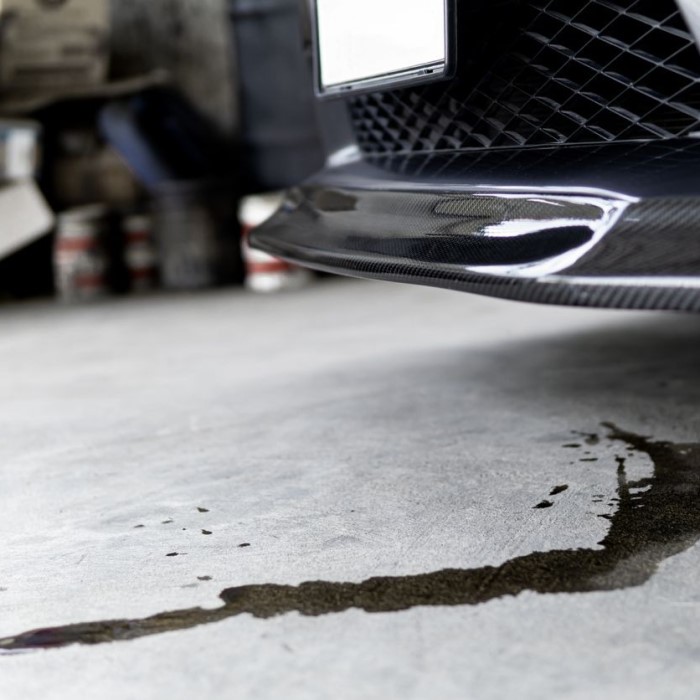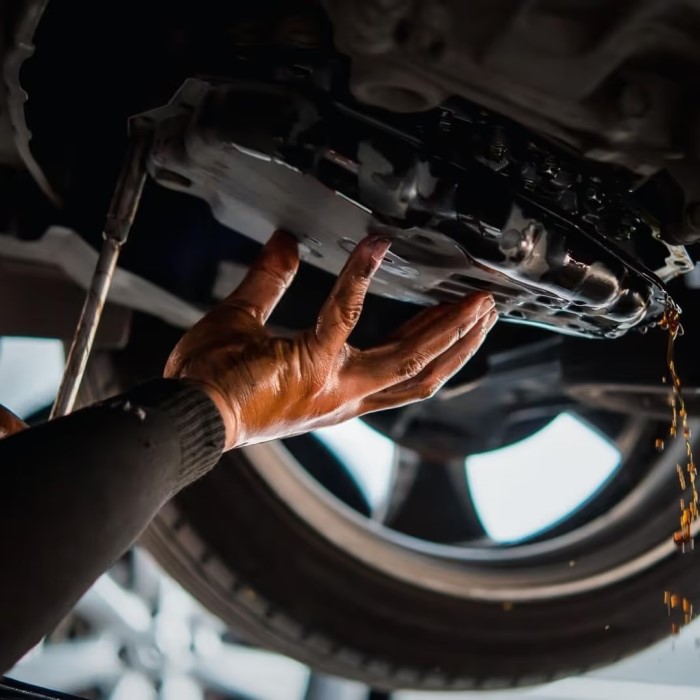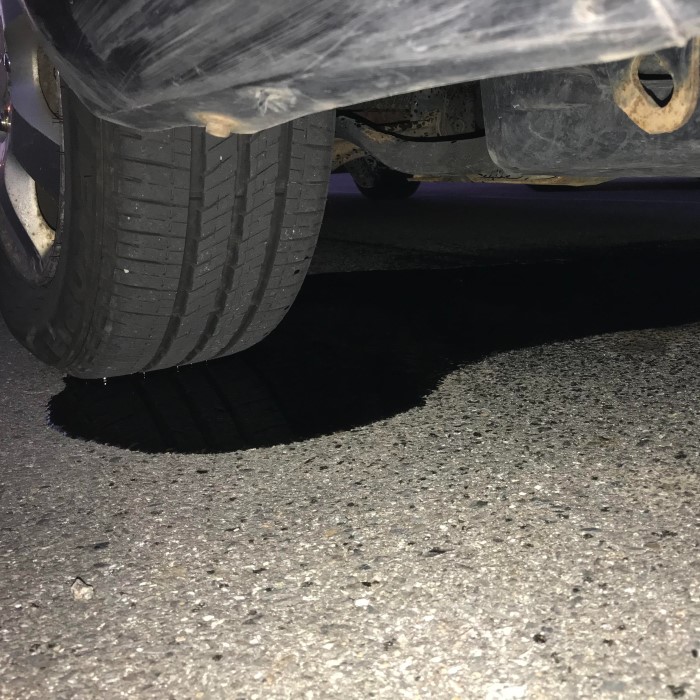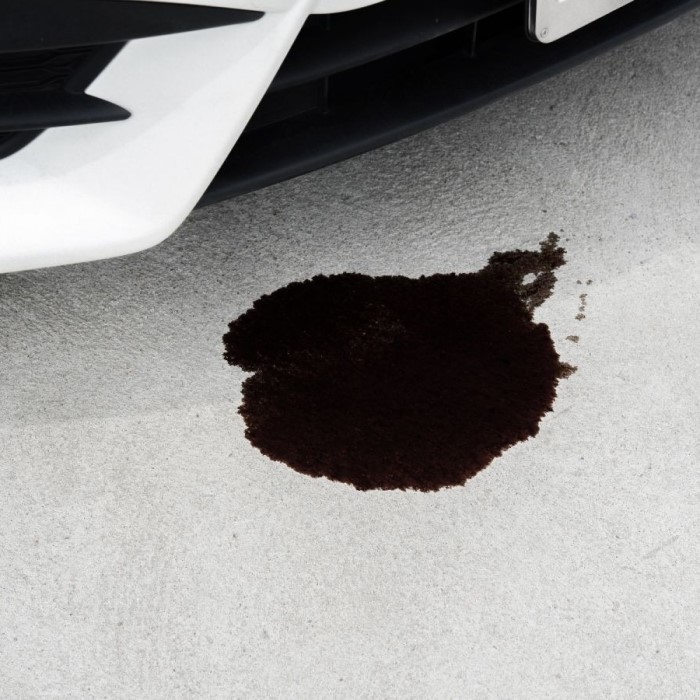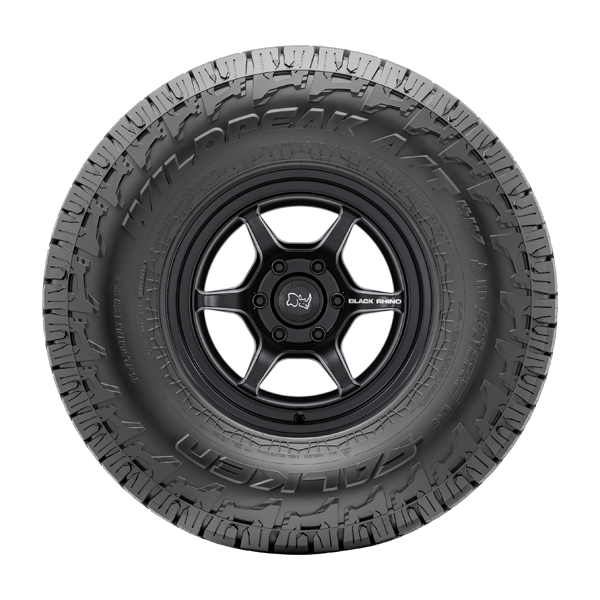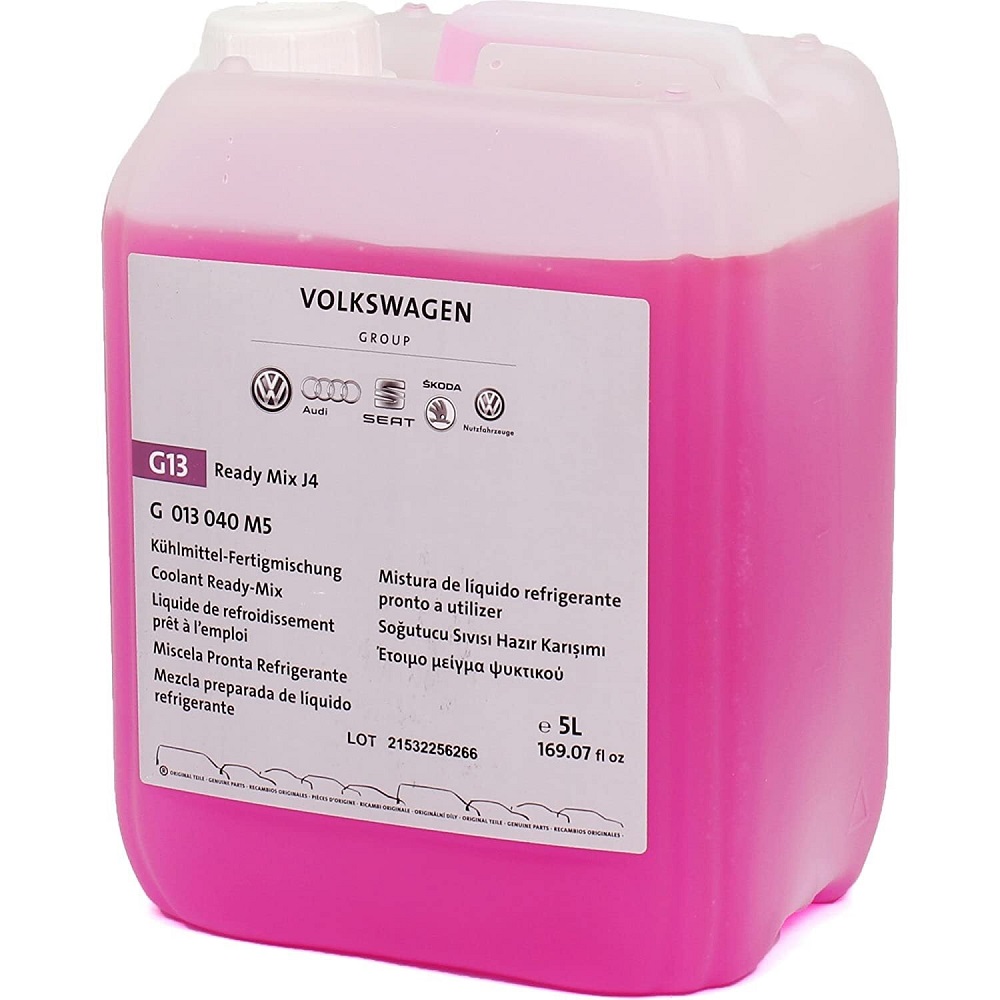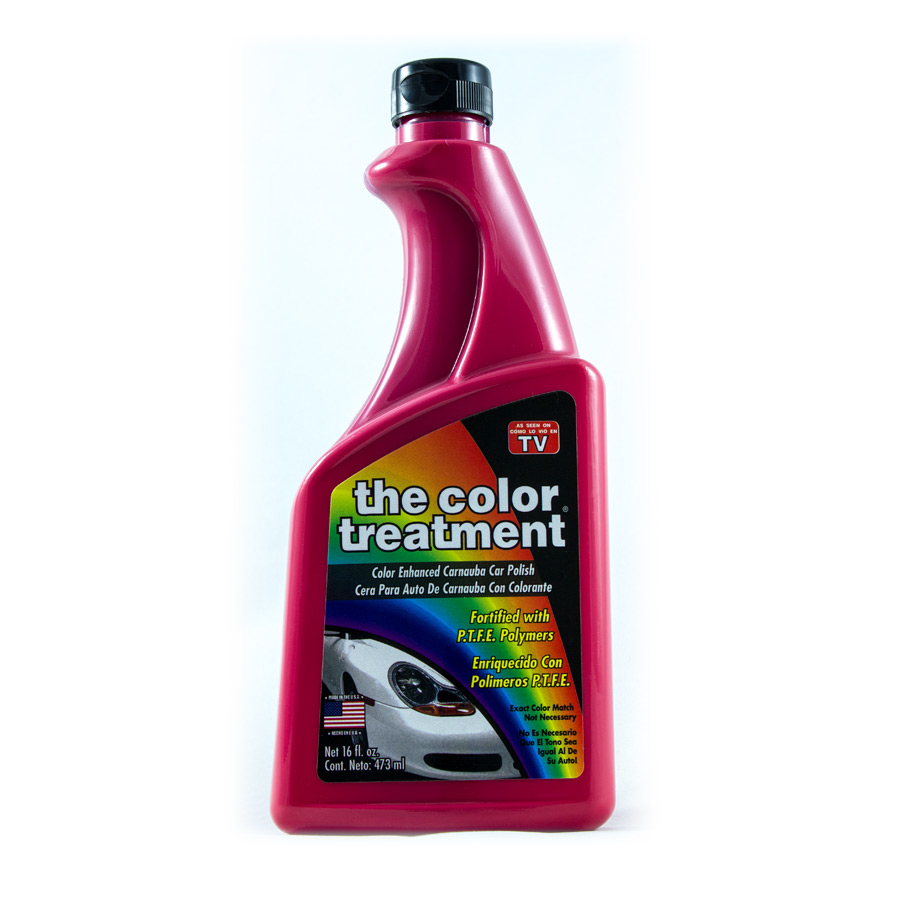Introduction: Recognizing the Problem
Noticing a puddle of oil underneath your car when parked can be alarming. If you find yourself in this situation, you might wonder about the implications. A car leaking oil when parked is usually a sign that something isn’t quite right under your car’s hood. Addressing this issue early on can prevent more severe problems and costly repairs in the future. In this article, we will discuss the signs you can’t ignore and provide guidance on handling oil leaks effectively.
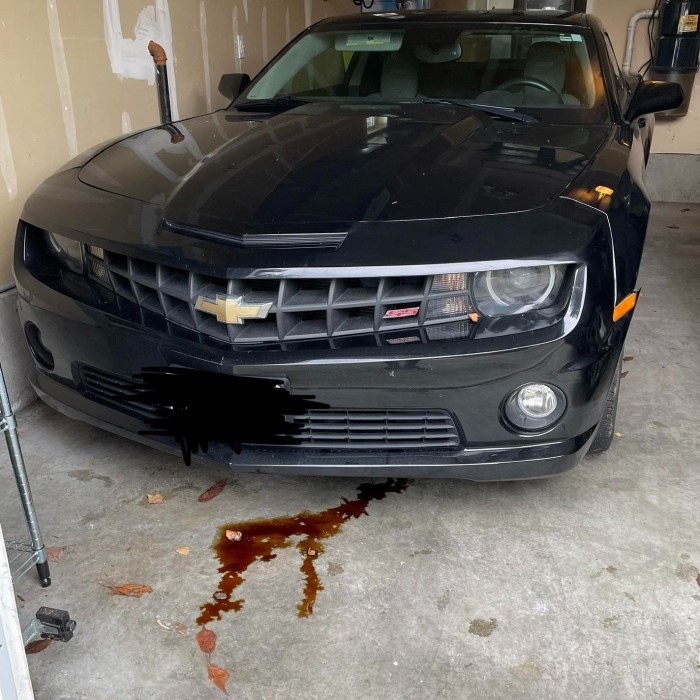
Common Causes of Oil Leaks
Car leaking oil when parked? Oil leaks are a common issue that many car owners face. Understanding the causes is vital to prevent further complications.
Worn Out Gaskets and Seals
Gaskets and seals prevent oil from leaking out of the engine. Over time, they wear out due to heat and pressure. Cracked or deteriorated seals can lead to significant oil leaks when your car is parked. Regular inspection and maintenance can prevent this issue.
Loose or Damaged Oil Filter
The oil filter helps remove contaminants from the engine oil. If it’s loose or damaged, oil can escape and drip onto the ground. Replacing or securing the oil filter is an easy fix for this problem.
Overfilled Oil Levels
Overfilling the oil reservoir creates excessive pressure in the engine. This pressure can push oil past seals and gaskets, resulting in leaks. Always fill oil to the recommended level indicated in your car manual.
Cracked Oil Pan
The oil pan collects oil that circulates in the engine. A cracked oil pan can be caused by road debris or wear and tear. If damaged, it can allow oil to seep out, causing visible leaks. A professional inspection is often required for repair or replacement.
How to Inspect for Oil Leaks
Oil leaks can lead to serious car problems if not detected early. Regular inspections can help identify and address leaks promptly. Follow these steps to inspect for oil leaks effectively.
Identifying the Source of the Leak
Understanding where the oil is coming from is critical:
- Check the engine area: Start by looking at the engine and its components. Pay close attention to seals, gaskets, and the oil filter for visible signs of wear or damage.
- Inspect the oil pan: Examine the oil pan located under the engine. Look for cracks or signs of oil seepage.
- Monitor the areas around key components: Look at valve covers, timing chain covers, and other areas that commonly develop leaks. Oil stains or drips may indicate an issue.
- Follow oil trails: If oil is pooling, trace the trail back to its origin to pinpoint the source.
Checking Under the Car and Surrounding Areas
Sometimes, leaks are easier to spot outside the engine area:
Check the Ground
Look for Fresh Oil Spots: Start by examining the area directly beneath your parked car. Fresh oil spots can appear as dark pools or streaks on the ground.
Assess the Size of the Stains: Note the size of the oil spots. A small dot may indicate a minor leak, while a larger pool suggests a more significant issue.
Determine the Color of the Oil: The color of the oil can provide valuable diagnostic clues. Fresh oil typically appears a bright amber or golden hue, while older oil may be darker, possibly bearing a blackish tint.
Analyze the Severity: By assessing both the size and color of the oil stains, you can gain insights into the potential severity of the leak. This information can help you decide on next steps regarding repairs or whether to consult a mechanic.
Examine Nearby Surfaces
Inspect Surrounding Components: After checking the ground, direct your attention to nearby surfaces and components, such as the exhaust system and brake lines, which may also be affected by oil leaks.
Look for Oil Residue: Observe these areas for any signs of oil residue or streaks. Oil can travel from its source, so nearby components may exhibit signs of leaking.
Consider Other Fluid Types: Be aware that not all stains indicate oil; other fluids like transmission fluid or coolant can also leak. It is essential to differentiate between them to identify the underlying issue accurately.
Identify Their Condition: If any surfaces show oil residue, it could highlight a problem that needs addressing. Pay close attention to the condition of crucial components like brake lines, as ensuring their integrity is vital for vehicle safety.
Use a Flashlight
Enhance Visibility in Tight Spaces: Utilize a flashlight to illuminate hard-to-see areas of your vehicle. Poor lighting can make it difficult to spot leaks, especially in cramped or shaded spots.
Examine Tightly Packed Components: Shine the light into tight spaces, such as between the engine parts, under the oil pan, or along the transmission. These components are often crowded, making visual inspections challenging without additional light.
Identify Leaks More Effectively: The added visibility from a flashlight can help you identify where the oil is accumulating and whether it’s leaking from seals, gaskets, or hoses.
Look for Drippings or Oily Surfaces: While inspecting, pay attention to any drips forming or surfaces that appear oily. This can help pinpoint the source of the leak more quickly.
Wipe Components Clean
Use a Clean Cloth: Take a clean, dry cloth or paper towel to wipe down the area around any suspected leaks. This action helps remove old oil residue and allows you to see fresh leaks better.
Focus on Suspected Areas: Be thorough in your cleaning efforts, particularly around seals, gaskets, and any joint connections where oil might escape.
Check for Fresh Patterns Post-Cleaning: After wiping, observe the cleaned area closely within a few hours or after a short drive. Look for any new oil patterns or drips, as this can confirm the presence of a leak.
Document Findings: Keeping track of the oil’s reappearance after cleaning can help inform your next steps. If oil returns consistently, it may indicate a need for repairs or a professional inspection.
Performing regular inspections will help you detect leaks early, saving you from costly repairs. Addressing leaks promptly ensures both car safety and environmental protection.
Potential Consequences of Oil Leaks
Oil leaks may seem minor, but they can lead to serious consequences if ignored. Understanding these risks highlights the importance of addressing leaks promptly.
Engine Damage
Oil is vital for lubricating engine parts and reducing friction. When your car is leaking oil while parked, the engine may run without sufficient lubrication. Prolonged oil loss can lead to:
- Overheating: Without enough oil, the engine can overheat and sustain permanent damage.
- Increased wear and tear: Parts like pistons or bearings may grind against each other, causing significant degradation.
- Engine failure: Persistent leaks can drain oil completely, potentially leading to engine seizure and costly repairs.
- Higher repair costs: Neglecting a small leak can result in expensive repairs, including complete engine replacements.
Address oil leaks quickly to protect your engine and prevent further complications.
Environmental Impact
Oil leaks not only harm your car but also negatively affect the environment. Leaked oil often drips onto roads or penetrates soil, disrupting ecosystems. Key consequences include:
- Soil contamination: Oil soaks into the ground, harming plants and microorganisms.
- Water pollution: Rain washes leaked oil into water bodies, endangering aquatic life.
- Toxic fumes: Evaporating oil can release harmful substances into the air, contributing to pollution.
- Road hazards: On wet roads, leaked oil creates slippery conditions, increasing accident risks.
Fixing oil leaks protects both the environment and public safety. Make repairs a priority for responsible vehicle ownership.
Temporary Fixes for Oil Leaks
When your car is leaking oil while parked, temporary fixes can help until long-term repairs.
Using Sealants and Stop-Leak Products
Sealants and stop-leak products are effective for minor oil leaks. These solutions work by sealing small cracks or gaps in the engine components. Here’s how to use them:
- Identify the leak’s location: Determine the affected area before using the product.
- Clean the area: Wipe off dirt and oil residue to ensure the product adheres well.
- Apply the sealant: Follow the instructions on the sealant or stop-leak product packaging.
- Monitor the results: Check the area after driving to see if the oil leak persists.
These products are not a permanent fix but can temporarily prevent oil loss.
Tightening Loose Components
Loose components are a common reason for oil leaks. You can easily fix this issue:
- Inspect key parts: Examine the oil filter, drain plug, and bolts around the oil pan.
- Use proper tools: Tighten loose screws or bolts with a wrench or screwdriver.
- Avoid over-tightening: Excessive force can damage components, worsening the problem.
- Test for leaks: Start your car and observe if oil continues to drip.
These steps can address simple leaks and save time until professional help is available.
Temporary fixes are useful but only address surface-level issues. For severe leaks, seek professional assistance quickly.
When to Seek Professional Help
Addressing oil leaks promptly is essential. However, some situations require the expertise of a mechanic.
Signs of Severe Damage
Certain signs indicate a more serious problem that needs professional assistance:
- Constant oil puddles: If large oil puddles form under your car frequently, seek immediate help.
- Strange smells: Burning oil odors may mean oil is leaking onto hot engine components.
- Smoke from the engine: This could be a result of oil dripping onto hot engine parts.
- Low oil levels: Continuously low levels, despite refills, point to severe leaks.
- Warning lights on your dashboard: Oil pressure or check engine lights can indicate critical issues.
- Unusual noises: Knocking or grinding sounds may occur if the engine lacks proper lubrication.
These signs often indicate internal damage or extensive wear. Professional evaluation is necessary to prevent further complications.
Regular Maintenance Importance
Routine maintenance helps prevent oil leaks and avoid costly repairs. Here’s why it’s important:
- Early detection of problems: Inspections can reveal minor issues before they escalate.
- Extending engine life: Proper care ensures components function smoothly, reducing wear and tear.
- Preventing severe damage: Regular oil changes and gasket checks lower the risk of major leaks.
- Safety and efficiency: A well-maintained engine performs better, reducing chances of breakdowns.
- Cost savings: Timely repairs are less expensive than fixing major oil-related damages.
Professional maintenance builds reliability and ensures your car stays in excellent condition. Never ignore regular service schedules.
Preventative Measures for Oil Leaks
Taking preventative steps can stop oil leaks before they start. These measures save both money and time.
Regular Inspection and Maintenance
Regular inspections are critical for catching potential oil leaks. Follow these tips:
- Inspect gaskets and seals frequently: Look for cracks or signs of wear. Replace them when necessary.
- Check oil levels: Ensure oil levels are within the recommended range to prevent pressure buildup.
- Schedule routine oil changes: Regular oil changes keep your engine clean and reduce the chance of leaks.
- Examine the oil filter: Make sure the oil filter is secured tightly and is free from damage.
- Inspect the oil pan and drain plug: Check for signs of damage or looseness during every oil change.
Routine maintenance not only prevents leaks but also ensures optimal engine performance.
Choosing High-Quality Gaskets and Seals
Using superior materials can make a big difference in preventing oil leaks. Consider the following:
- Opt for durable materials: High-quality rubber or silicone lasts longer and withstands heat and pressure better.
- Purchase from trusted brands: Reputable manufacturers ensure reliability and compatibility with your car’s engine.
- Follow specifications: Always use gaskets and seals recommended by your car’s manufacturer.
- Invest in professional installation: Proper installation prevents misalignments that could lead to leaks.
Choosing premium gaskets and seals upfront avoids frequent replacements and long-term issues.
Preventative measures are simple and effective. They help you avoid the frustration of dealing with an oil-leaking car when parked.
Conclusion: Taking Action on Oil Leaks
In conclusion, a car leaking oil when parked is a serious issue that demands attention. Recognizing the signs, diagnosing the cause, and determining whether to undertake repairs yourself or seek professional help are all critical steps. By being proactive and vigilant, you can prevent likely complications and keep your vehicle in excellent condition. Always remember that routine maintenance can work wonders in prolonging the life of your vehicle and avoiding costly future repairs. Stay informed, stay observant, and take action when necessary to maintain your car’s health.
